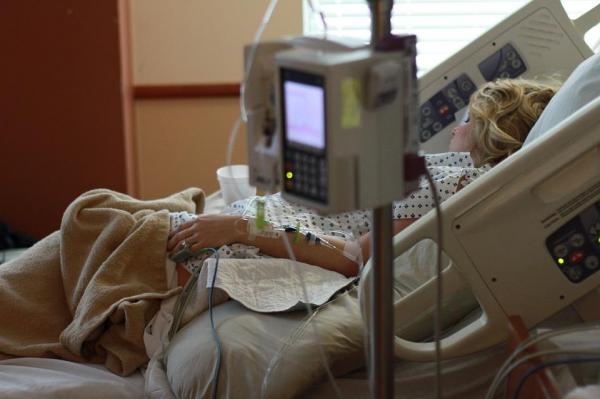
June 6 (UPI) — A study by the University of British Columbia shows midpelvic forceps and vacuum deliveries have higher rates of maternal and infant trauma compared to cesarean-sections.
“It is important to understand that similar to cesarean deliveries, midpelvic forceps and vacuum deliveries are invasive procedures with their own risks — risks that we have now quantified and that should be communicated to women who may encounter them, especially when the risk is as high as one in five,” Giulia Muraca, a doctoral researcher at the School of Population and Public Health, University of British Columbia, said in a press release. “Women who are delivered by midpelvic forceps or midpelvic vacuum should be afforded the same standard of informed consent as women who consent to cesarean delivery. Ideally, this should take place prior to labor when women are considering their birth plans.”
Midpelvic operative vaginal deliveries — when the baby’s head is midway in the mother’s pelvis — make up 3 percent of singleton deliveries in Canada equaling roughly 10,000 deliveries annually.
Researchers analyzed data on 187,234 singleton deliveries in Canada over 10 years from 2003 to 2013, including all midpelvic live or stillbirths via forceps or vacuum with cesarean deliveries at 37 to 41 weeks pregnant.
The study found that in deliveries that did not involve fetal distress, severe complications for the baby were 80 percent higher after midpelvic forceps and midpelvic vacuum delivery compared to cesarean delivery.
In midpelvic forceps and vacuum deliveries, the rate of severe birth trauma was five to 10 times higher than cesarean deliveries.
For the mothers, severe obstetric tearing happened in 19 percent of women who had midpelvic forceps and 12 percent for midpelvic vacuum, and 20 percent in women who had a combination of vacuum and forceps.
“Our study suggests that unless we can improve our ability to select candidates for midpelvic forceps and vacuum deliveries, or improve training in such deliveries, encouraging higher rates of forceps and vacuum delivery to reduce the cesarean delivery rate could increase rates of neonatal complications, especially birth trauma, as well as maternal complications such as severe postpartum hemorrhage, and obstetric trauma such as tearing,” Muraca said.
The study was published in the Canadian Medical Association Journal.





